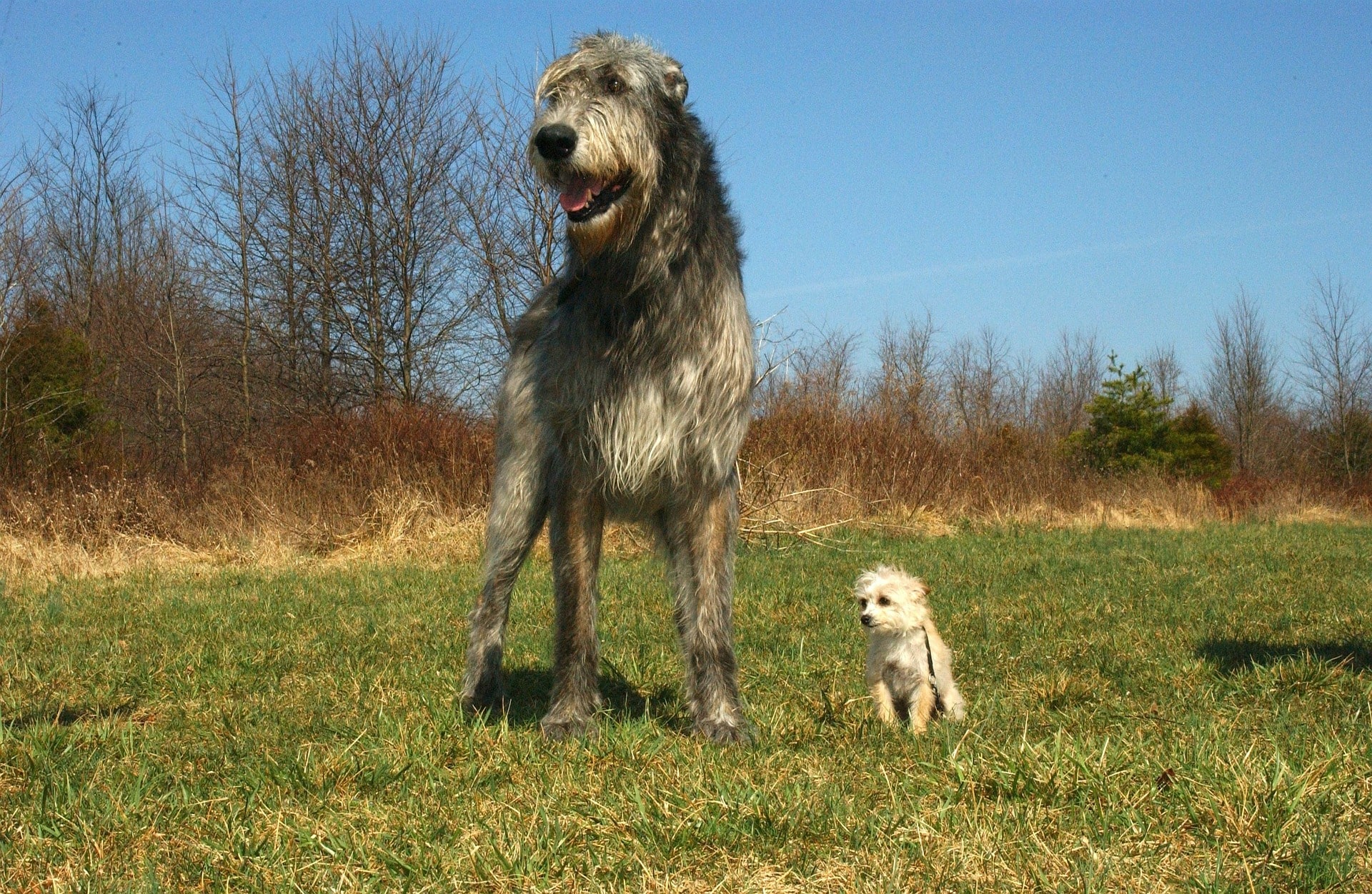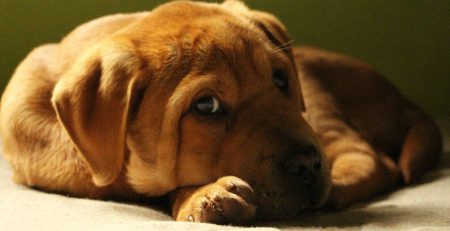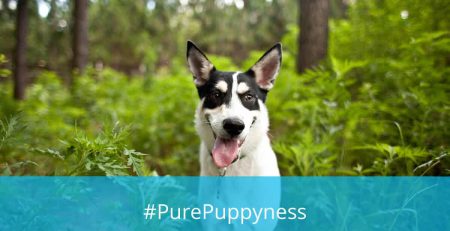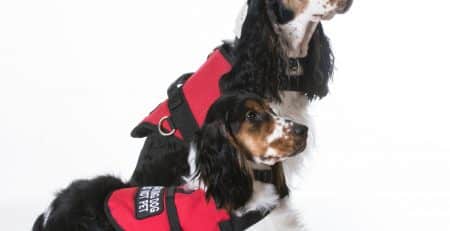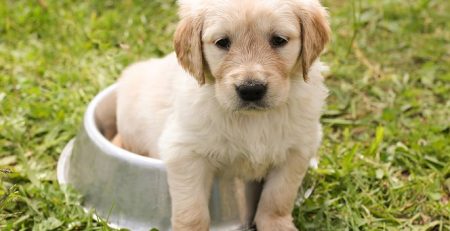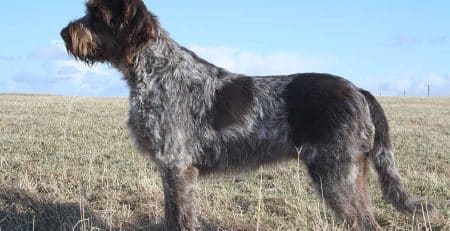Irish Dog Breeds
Also known as the Emerald Isle, Ireland boasts beautiful landscapes, delicious food, and a rich culture. Dogs are an important part of Irish culture, called “Madra” in the Irish language (properly called Gaeilge). Some of the oldest Irish legends feature dogs, such as the tale of Cuchulainn, or Finn MacCool and his hunting hounds, Bran and Sceólang.
The Irish Kennel Club lists nine native Irish dog breeds:
- Irish Wolfhound: Originally bred for hunting wolves, the lanky Irish Wolfhound is the tallest dog breed in the world. The Irish Wolfhound’s ancestors were most likely roaming the Irish countryside at least as long ago as 391 AD, when a Roman Consul acquired seven such dogs. The Celts of Ireland kept these dogs for hunting, and they were highly valued for this reason. The modern dog breed is actually a 19th century recreation of these ancient dogs, and its ancestry includes the Great Dane and the Scottish Deerhound.
The modern Wolfhound is exceptionally tall, but retains the slender build of a Greyhound. Their shaggy coat, which can be fawn, grey, brindle, red, black, or white; hides some of their slenderness. Despite their enormous size, the Irish Wolfhound is a very gentle dog, and gets on well with children (as long as they don’t try to ride on his/her back!), though (like many hunting breeds) they often get the urge to chase small animals.
- Kerry Beagle: The Kerry Beagle is one of Ireland’s oldest breeds, and the country’s only existing scent-hound. The forerunners of the Kerry Beagle were most likely Celtic Hounds and the Old Southern Hound. The modern breed can trace its roots back to the 16th The name “Beagle” is something of a misnomer, as this breed is not related to the Beagle. It may be derived from the Gaeilge word for small: “beag”.
The Kerry beagle is even tempered and gentle. While originally bred for pack hunting (and still used for hunting today), the Kerry Beagle also does well as a pet, getting on well with children and other dogs.
- Irish Water Spaniel: The Irish Water Spaniel’s ancestry is not entirely known, although Irish folklore suggests that they are descended from the Dobhar-chú (King Otter). What is known is that the breed was developed by Justin McCarthy, and that the modern breed was developed in the 1830s.
Sturdy and curly, the Irish Water Spaniel is the largest of the Spaniels. They are easily identified by their densely curled liver-coloured coat, with a distinctive top-knot, beard, and smooth “rat tail” that entirely lacks curls. They are equally wonderful on the hunting field and in the home: an Irish Water Spaniel will happily zoom after a duck, or roll over for cuddles from their family. This dog is perfect for an active outdoor family.
- Irish Red Setter: Bred for hunting, the beautiful Irish Setter is well known for its fiery red tresses and energetic nature. The breed’s ancestry dates to the 1500s, but the modern Irish Setter truly began to develop in the 1800s as the Irish began to actively develop the breed.
Graceful and enthusiastic, the Irish Red Setter may either come from a show line; bred to be larger, with a thicker coat; or a working line; with a lighter build and thinner coat. Although they were originally bred for hunting, the Irish Red Setter has proved talented at tracking, canine agility, obedience, and therapy work.
- Irish Red & White Setter: Less famous than the Irish Setter, but no less beautiful, these two breeds are closely related. These dogs would “point” their human companions in the direction of game birds, showing the human hunter where the prey was hiding. The Irish Red and White Setter almost died out at the end of the 19th century, but fortunately it was saved in the 1920s by the efforts of dedicated breeders.
This energetic breed could be the ideal breed for someone who loves the great outdoors. If you enjoy hunting or even just roaming the great outdoors, this dog could be your ideal companion. The Red and White Setter is gentle and even-tempered, so would be a great pet for an active family with children.
- Irish Terrier: One of the oldest existing terriers, the Irish Terrier’s origins are uncertain. The modern Irish Terrier was developed in the last half of the 19th century, with the first breed club being establish in Dublin in 1879. The modern dog has a powerful build, without being too stocky, with a deep chest. Their coat can be red wheaten, golden red, or wheaten, though they may have a white patch on their chests.
The Irish Terrier is an active, intelligent dog. They excel at many canine sports, but once they had their exercise, they will happily relax at home. The Irish Terrier loves to learn, and will pick up all sorts of tricks with a bit of patience (and some treats). Although they get on very well with children, this breed can be dominant with other dogs, so proper socialisation and training are a must.
- Irish Glen of Imaal Terrier: This terrier may look like the sweetest little thing, but don’t be fooled: these dogs are clever little hunters, capable of hunting everything from rats to foxes and badgers, and are brave enough to even chase their prey underground. Hailing from the Glenn of Imaal in County Wicklow, the Terrier’s ancestors were reportedly brought over with French and Hessian soldiers who came to Ireland in the 16th century to help crush a rebellion.
The breed has short, stubby legs, with half-pricked ears and a medium length coat. The Glenn of Imaal Terrier is double-coated, with a softer undercoat and a rougher topcoat, typically wheaten or blue.
The Glenn of Imaal Terrier needs plenty of exercise to stay happy and healthy. If canine sports interest you, this medium sized dog often does well in canine agility. Both clever and independent, this breed can be stubborn, but with patience you’ll find an intelligent dog capable of learning a lot.
- Irish Soft Coated Wheaten Terrier: Called An Brocaire Buí in Gaeilge, this silky-coated dog is a jack of all trades, able to turn its paw to ratting, herding, and guarding livestock. They were not favoured by the gentry, but the working class prized these small dogs for their versatility. The breed was only recognised by the Irish Kennel Club in 1937, with other clubs recognising them in the 1940s.
Adult Wheaten Terriers, as their name suggests, have a wheaten coat, though puppies start out with darker coats and lighten with age. They do not shed, and will need proper grooming to keep their coats in good condition. Playful and full of beans, the Wheaten loves everyone, including other pets (though keep them away from small animals, as their ratting instincts may surface!).
- Kerry Blue Terrier: Also called the Irish Blue Terrier, the Kerry Blue is a medium sized terrier that was bred to hunt vermin. Hailing from the mountains of Kerry, this terrier’s roots are uncertain, though one tale claims that a shipwrecked dog swam ashore and mated with female Wheaten Terriers, thus creating the Kerry Blue. Whatever the Kerry Blue’s ancestry, this terrier became prized as a farm dog in rural Ireland.
The Kerry Blue has a distinct bluish-grey coat, with a soft woolly texture. The coat is soft and wavy, and does not shed, so the Kerry Blue must be clipped regularly, and groomed a minimum of once a week.
This breed is spirited and strong-willed, but also loving and gentle. They are very good with children, but unless properly socialised they usually dislike other dogs. The Kerry Blue is sporty and does very well in sports ranging from agility to sheep herding (the breed has even been used as a police dog in Ireland). The Kerry Blue is most suited for an owner that will give the Kerry Blue the exercise it needs.

